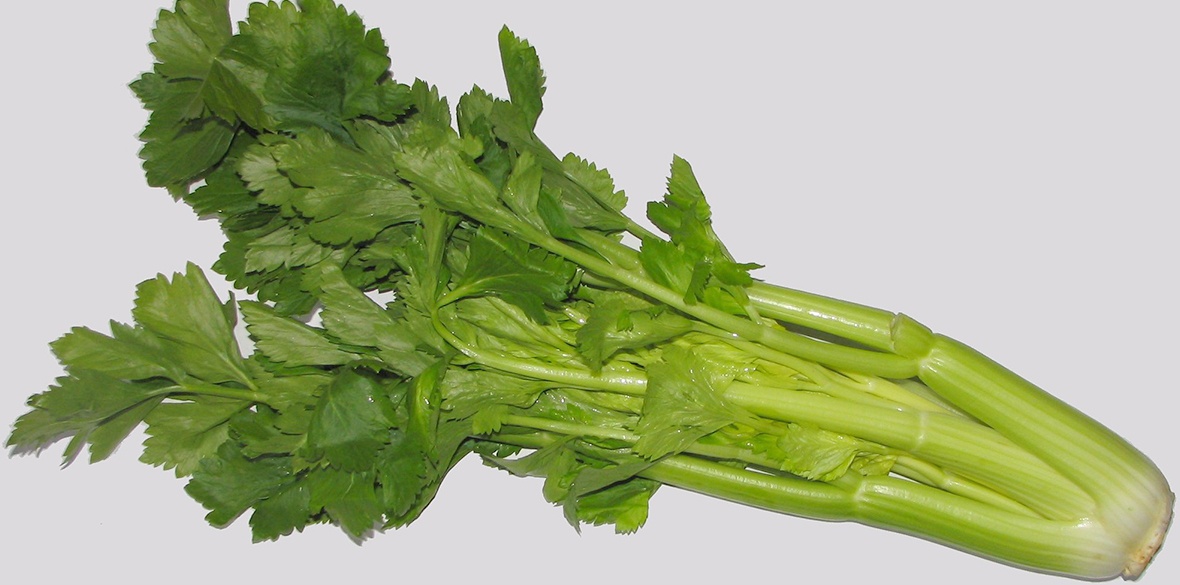This is the last article you can read this month
You can read more article this month
You can read more articles this month
Sorry your limit is up for this month
Reset on:
Please help support the Morning Star by subscribing here
MODERN varieties of celery aren’t too hard to grow, but you’ll improve your chances of success considerably if you prepare the soil in advance.
Last autumn was arguably the best time for that, but if you’ve had to sell your time machine to pay the gas bill, then late winter or early spring will do fine.
In the wild, celery is a marshland plant, and our cultivated types have inherited that need for constant moisture. It’s a crop that must never be allowed to dry out completely, even at the height of summer. The ground it’s grown in should be rich, deep and moisture-retentive.
Choose a reasonably sunny spot as your future celery patch, and fork in as much organic matter as you can: manure, homemade compost or bought-in compost.
(The advantage of doing this job in the autumn is that you don’t have to fork it in — just dump it on the surface and let the winter do the work.)
The seeds are generally sown in early March, though there are regional variations on that. In colder areas it might be wiser to wait for April, while in places where spring comes early some people start their celery seeds in a heated propagator in February.
If you live somewhere with mild autumns, it can also be worth sowing in May for a crop that will mature in November.
Make sure the seeds you buy are described on the packet as “self-blanching.” The traditional way of growing celery involved planting it in trenches and earthing it up like potatoes.
The stalks were unbearably bitter unless light was excluded while the plant grew, thus blanching it. It was, as it sounds, a lot of work. Self-blanching celery, however, doesn’t need any of that.
You might wonder why the old-fashioned varieties are still on sale — why would anyone choose all that extra labour? The answer is that trench celery will stand through the winter, whereas the self-blanching stuff needs harvesting before the autumn frosts.
Sow the seeds indoors, in small pots or trays. Place them on the surface of the compost: they don’t want burying. However, you do need to cover the top of the pot itself with a piece of glass, a plastic bag, or some clingfilm.
Keep the pot in a temperature of around 60°F (15.5°C). Germination can be slow; you may not see any seedlings for three weeks.
As soon as you do, remove the glass. The celery now needs plenty of light and a minimum temperature, day or night, of 50°F (10°C).
Once the seedlings are big enough that you can handle them without crushing them, probably another couple of weeks, transplant them individually into small pots.
The young plants are finally ready to go into the ground, after being gradually acclimatised, in late May or early June. A cold snap can still ruin them, so later is safer than earlier. Put them in a block formation, about nine inches (23cm) apart each way.










